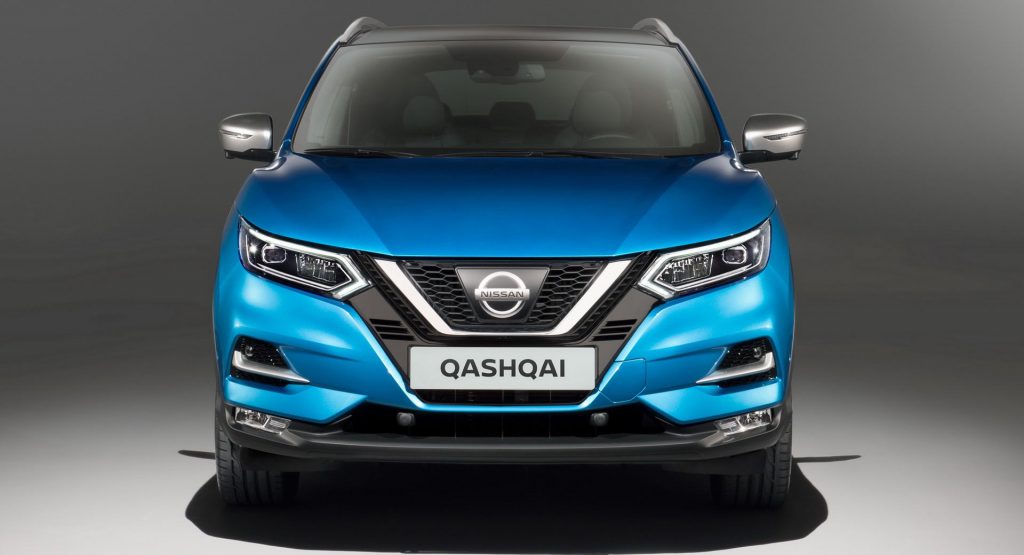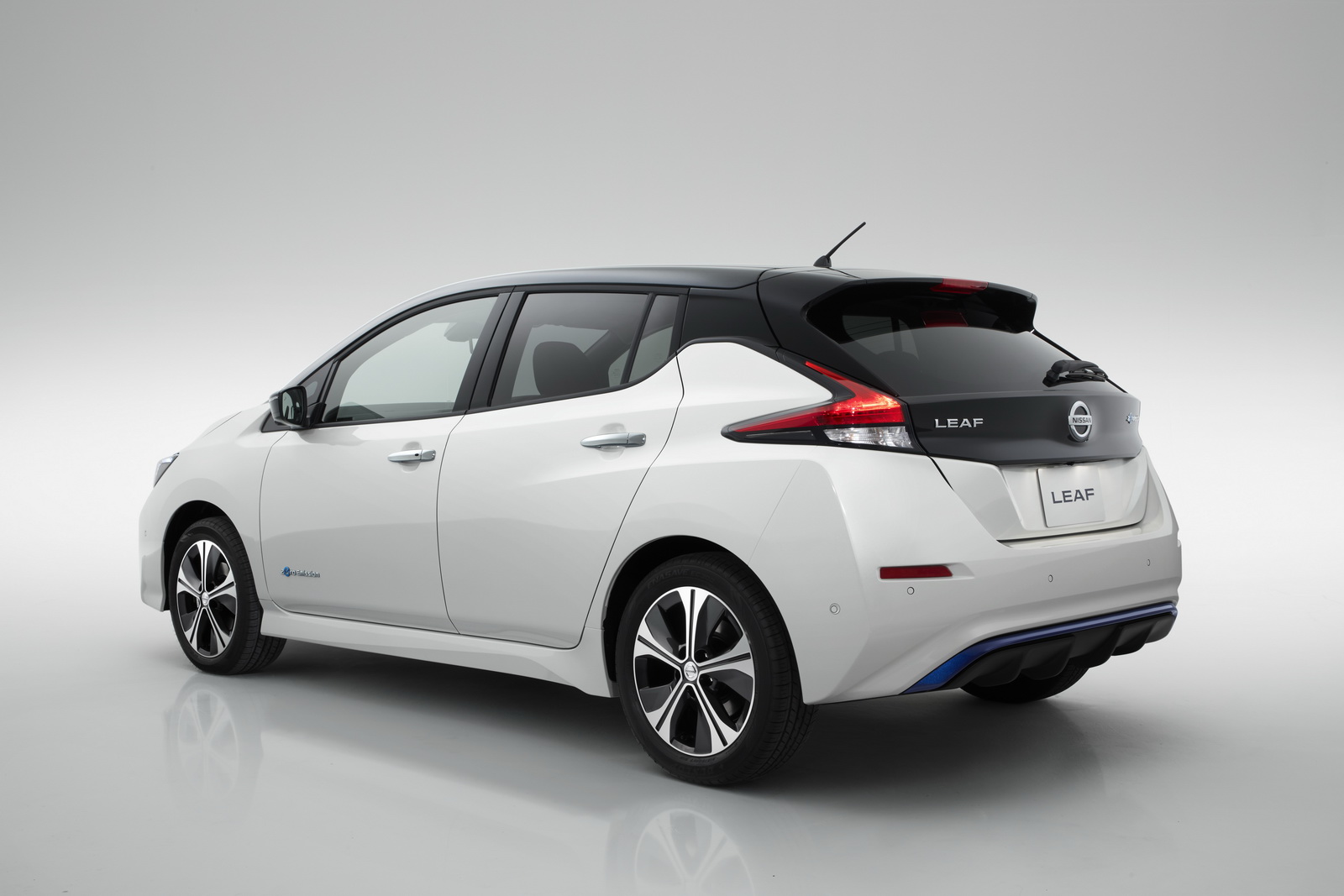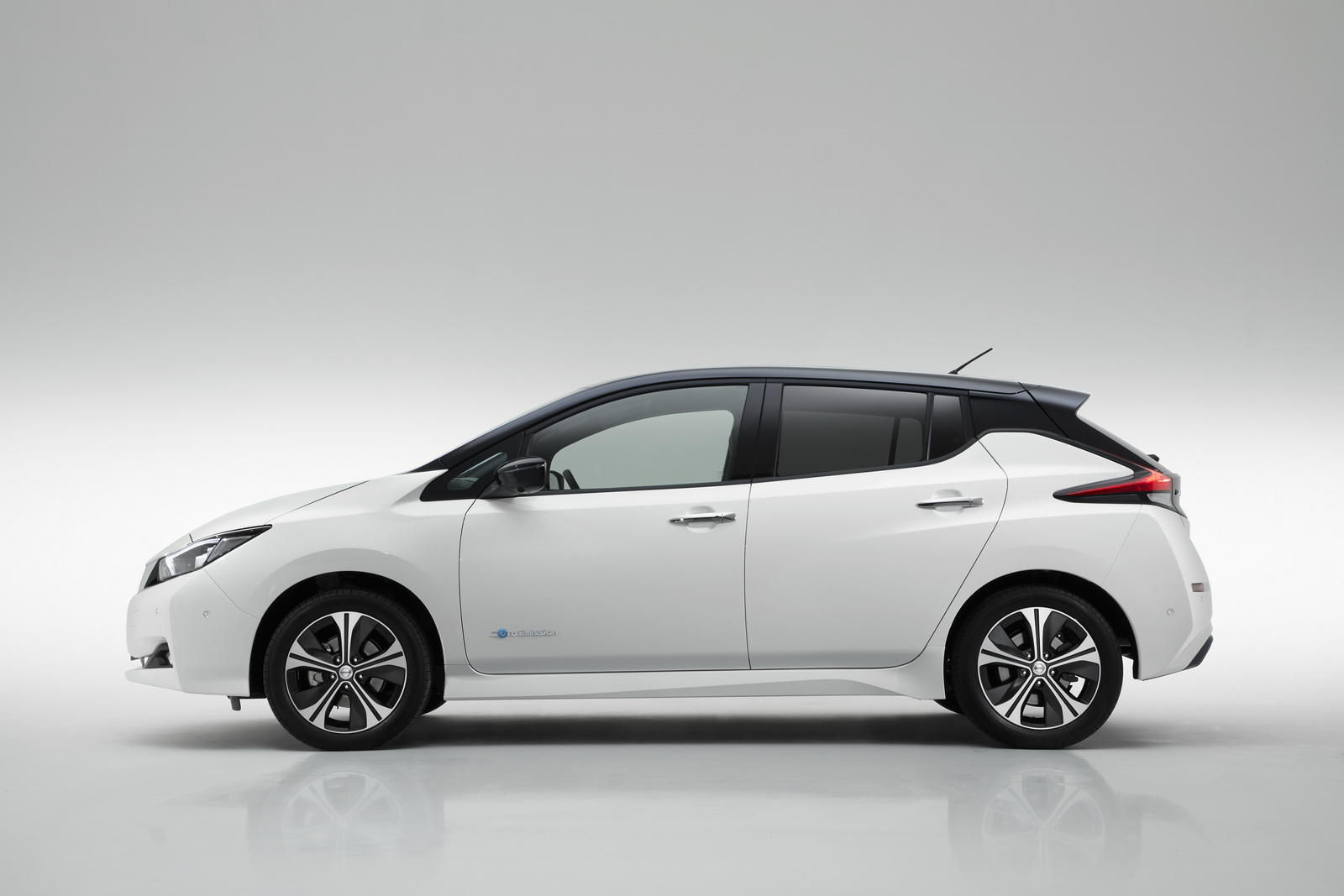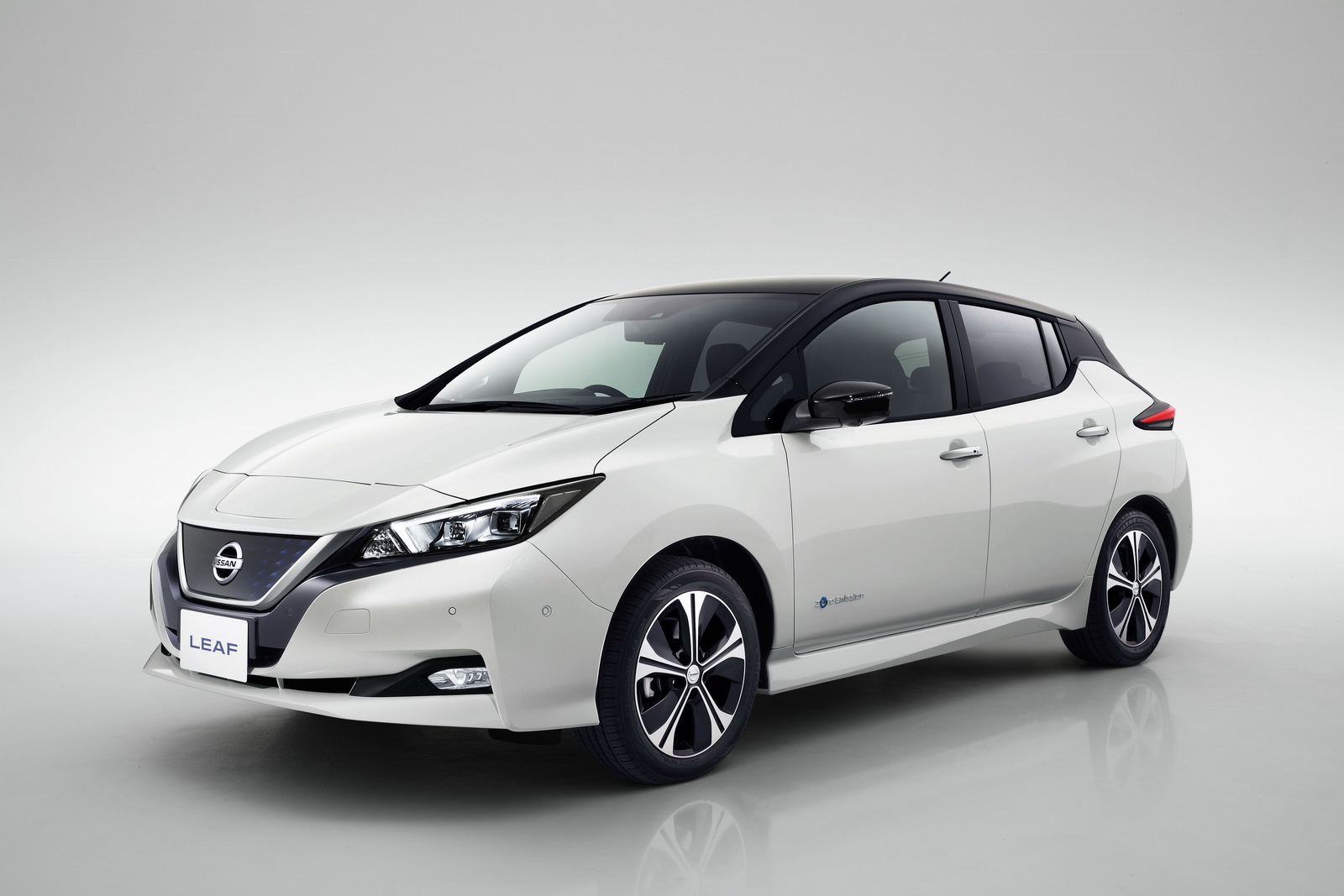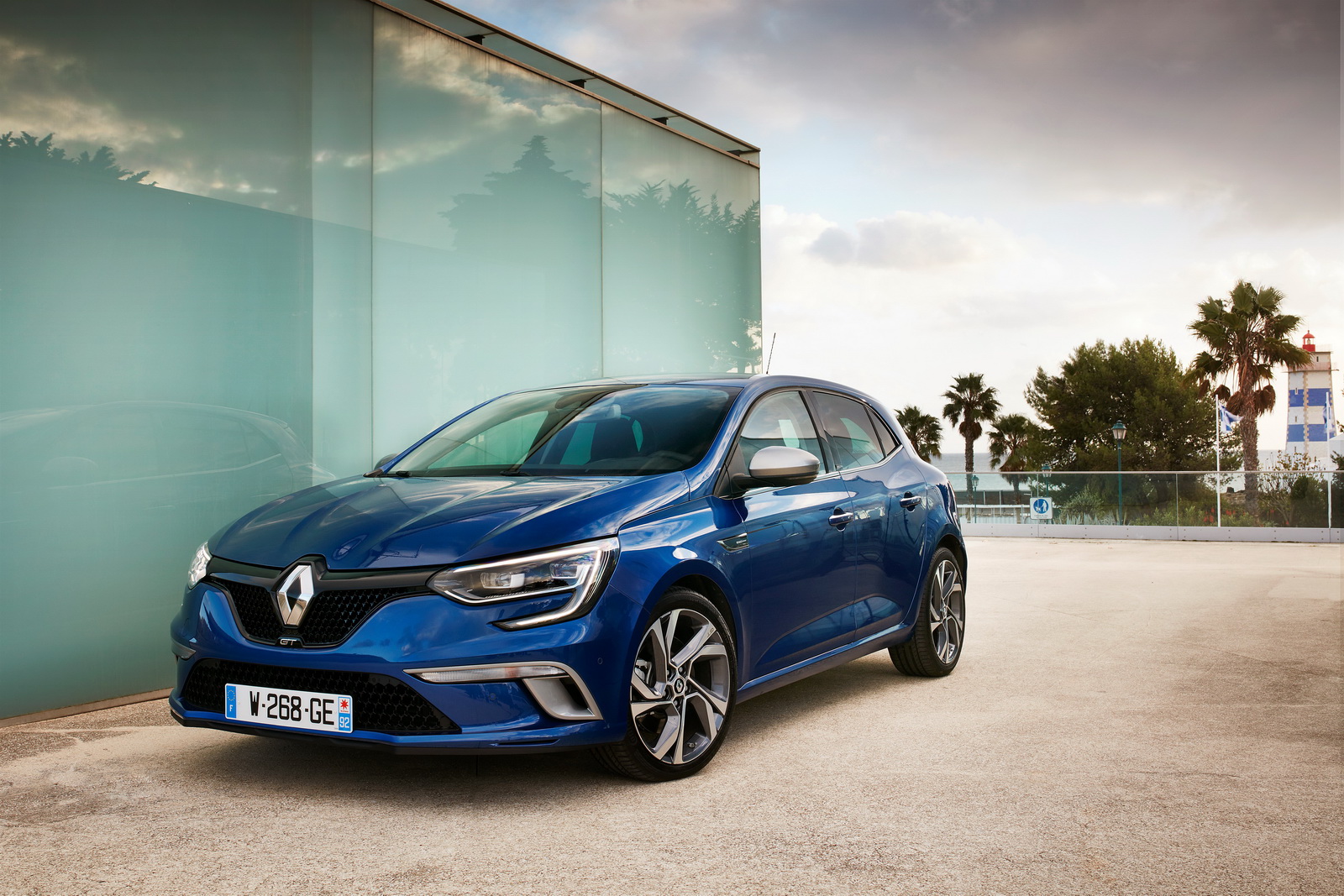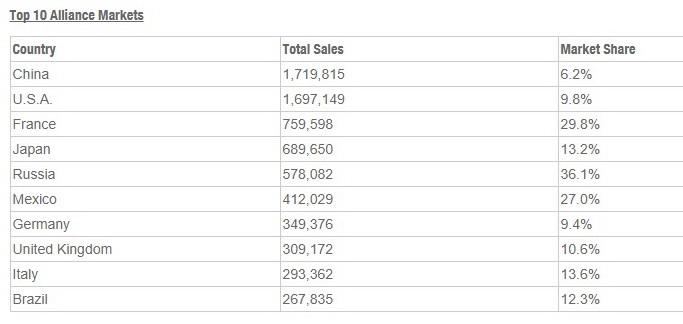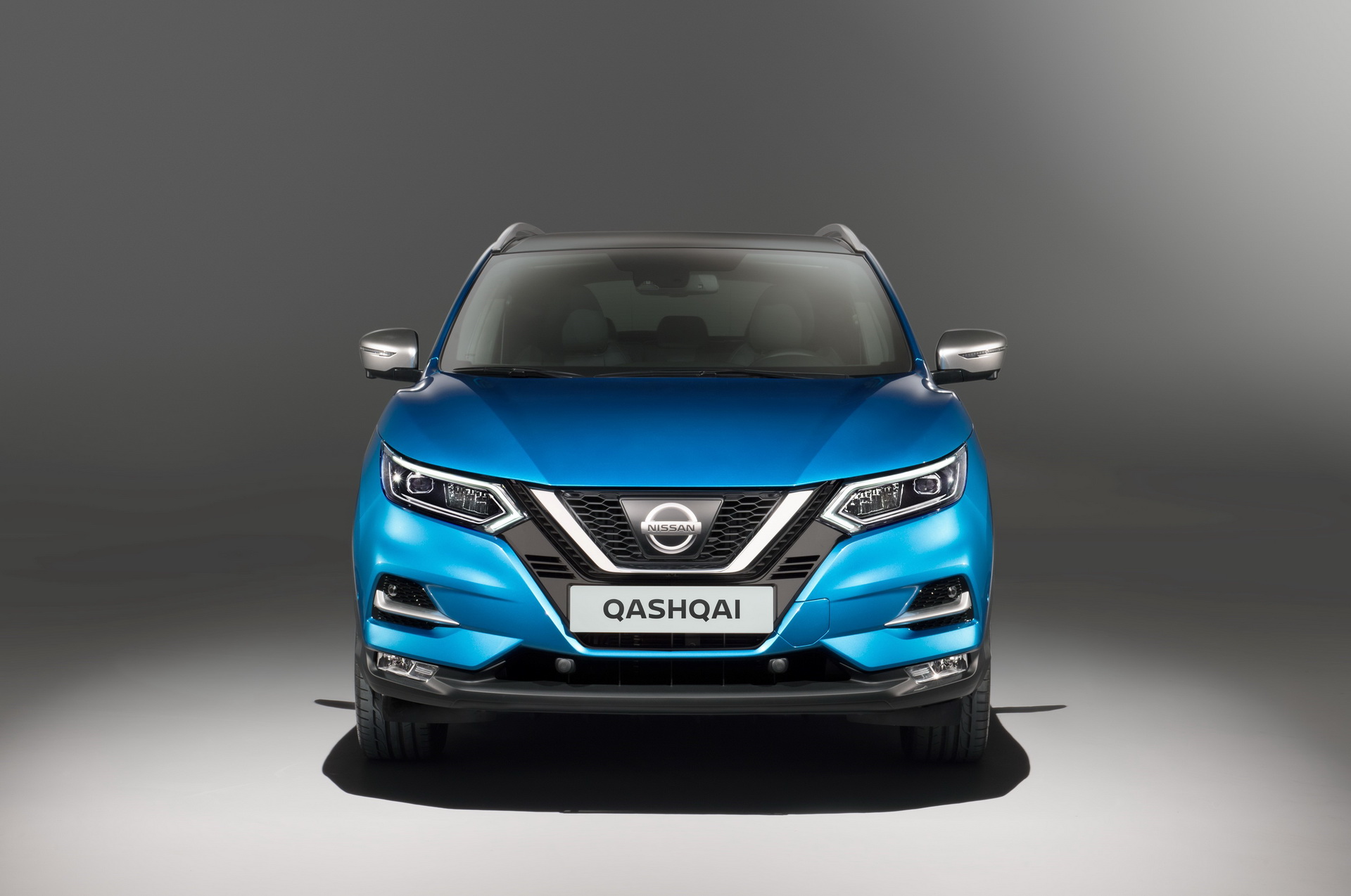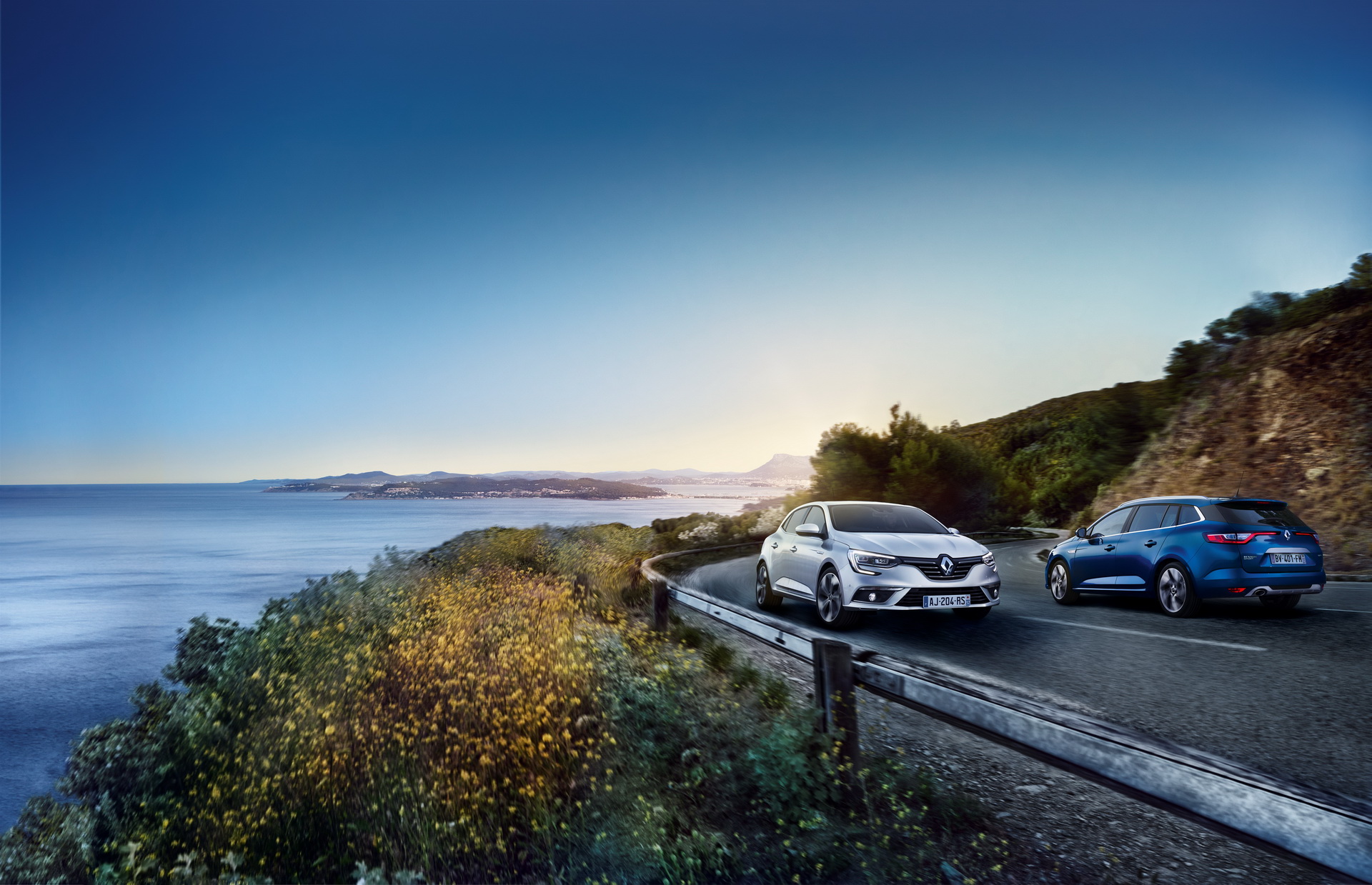The Renault-Nissan Alliance overtook the Volkswagen Group to become the world’s top-selling automaker of light vehicles in 2017.
The alliance was able to finish last year in first position after including the sales numbers of Mitsubishi, which account for 1.03 million units. Nissan’s sales were a record 5.82 million units, with Renault delivering 3.76 million cars.
Together, the three brands managed to sell 10.61 million light vehicles, barely edging out Volkswagen and its brands that sold 10.53 million units. Toyota finished third, with 10.2 million light vehicles.
“With more than 10.6 million passenger cars and light commercial vehicles sold in 2017, Renault-Nissan-Mitsubishi has become the number-one automotive group worldwide,” said Carlos Ghosn, chairman and chief executive officer of Renault-Nissan-Mitsubishi.
“This evolution reflects the breadth and depth of our model range, our global market presence and the customer appeal of our vehicle technologies,” he added.
The Renault-Nissan-Mitsubishi alliance sells vehicles in more than 200 countries worldwide through its 10 brands. This includes Renault, Nissan, Mitsubishi Motors, Dacia, Renault Samsung Motors, Alpine, Lada, Infiniti, Venucia and Datsun.
The auto industry is trying to boost sales volume in order to achieve the necessary economies of scale. This enables car makers to cut costs in an era of huge investments required for the development of next-generation technologies, including autonomous cars, electric powertrains and more.
Reuters reports that the Renault Nissan Alliance plans to make economies of scale an advantage and use it to double their savings to $12 billion by 2022, targeting an increase of annual sales to 14 million units.
Toyota has adopted a similar approach, partnering with Mazda and Suzuki in order to share the development costs for EVs and other new technologies.
However, not all carmakers see this practice as a way to increase their efficiency and profits. For example, GM has concluded that size doesn’t matter that much, selling their European arm, namely Opel and Vauxhall, to PSA last year in order to focus their capital on more profitable ventures.
GM’s strategy seems to have worked, as they posted a profit margin of 6.8 percent in January-September 2017. That’s higher than the 5.0 percent margin of Nissan, 4.3 percent margin of Mitsubishi and 4.8 percent margin of Renault.




